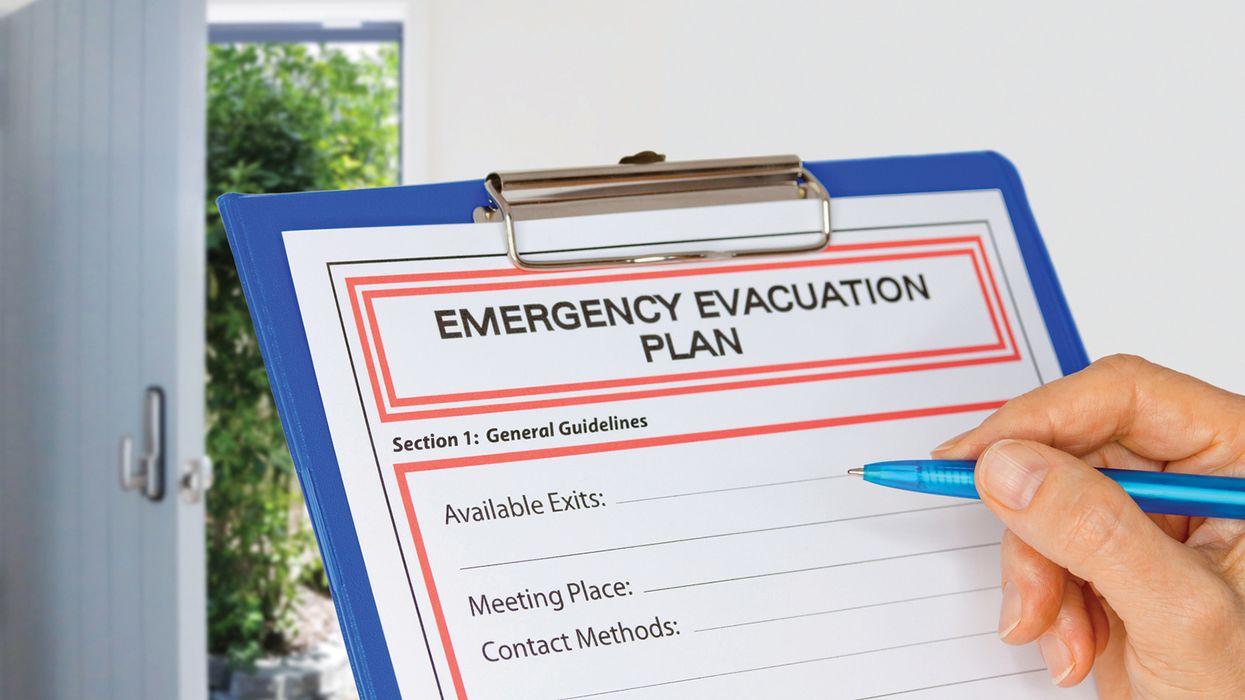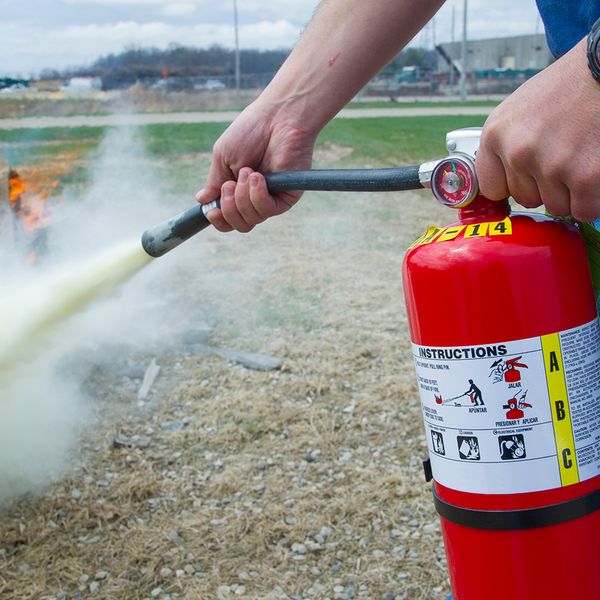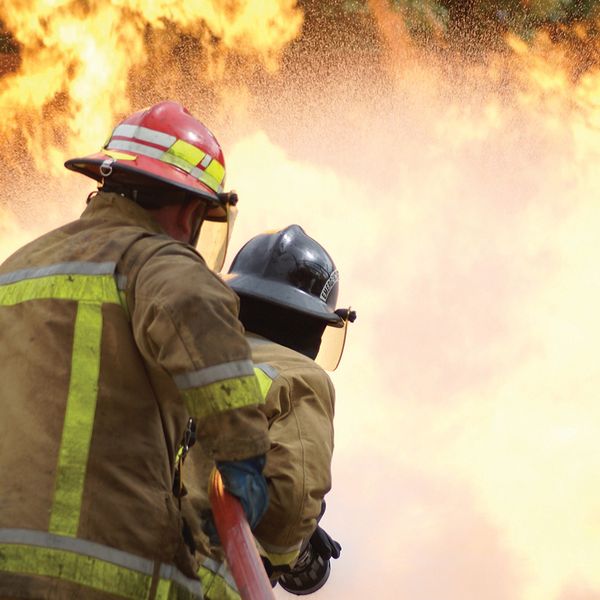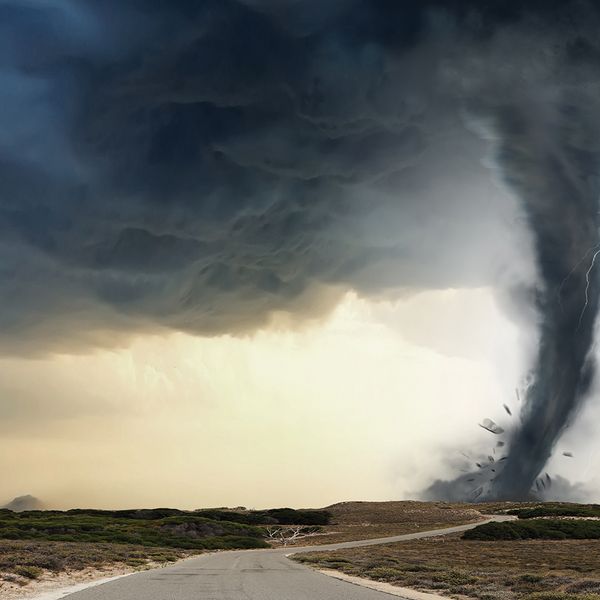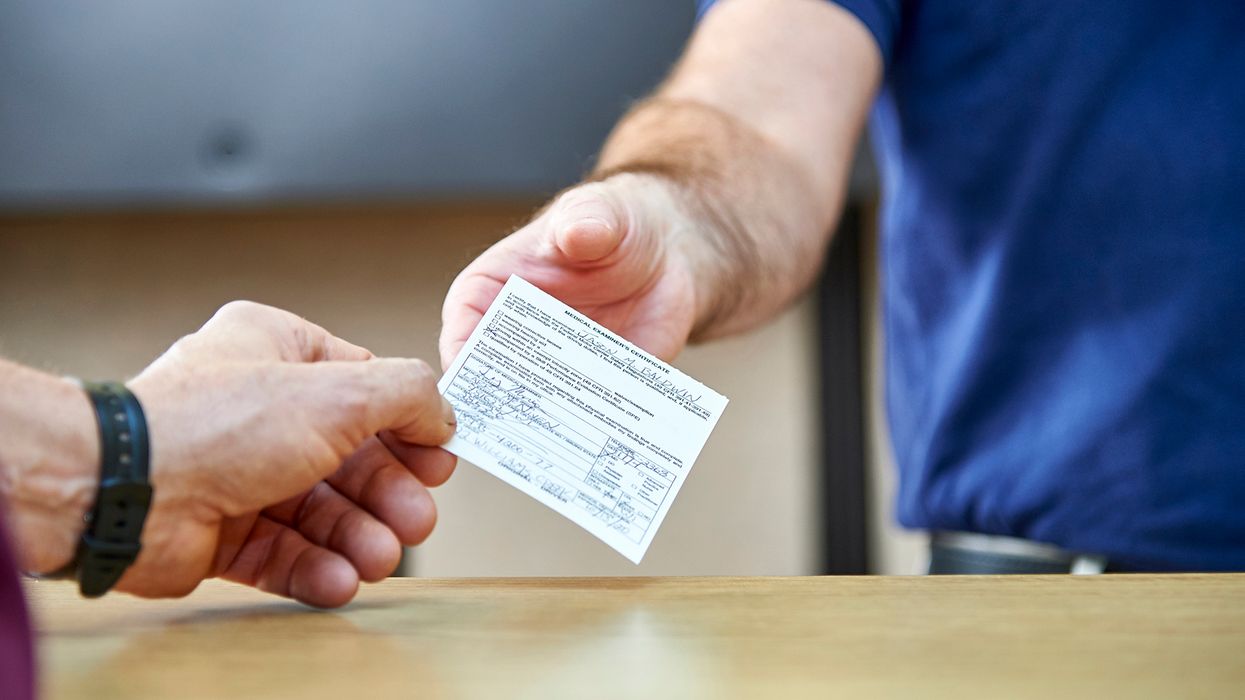Mastering fire drills: Building a culture of safety and preparedness
Fire drills are an essential part of emergency preparedness in the workplace. In 2021, FEMA reported over 116,000 fires in nonresidential buildings, resulting in 115 fatalities, 1,025 injuries, and a staggering financial loss of $3,697,200,000. These training exercises not only familiarize individuals with evacuation routes and emergency procedures but also enable organizations to assess and maintain vital safety systems.
In this article, we will explore some best practices for conducting effective fire drills and highlight the organizations that guide this essential piece of emergency preparedness for your workplace.
The importance of fire drills
By reinforcing safety protocols and instilling confidence, fire drills greatly contribute to workplace safety and readiness. Here are three reasons why:
- Emergency preparedness: Fire drills serve as vital training exercises, equipping employees to respond effectively during real emergencies. Familiarity with evacuation routes, assembly points, and emergency procedures can significantly reduce casualties.
- Practice makes perfect: Regular fire drills ensure that employees can react swiftly and calmly during emergencies by reinforcing safety protocols. Repetition builds confidence and ensures that everyone knows their roles during evacuations.
- Testing systems: Fire drills allow for testing fire alarms, sprinkler systems, and other safety equipment. Identifying malfunctions or deficiencies ensures timely maintenance and repairs, thereby enhancing overall safety.
Best practices for effective fire drills
- Planning: Create a team to coordinate the drill, assign roles, review the evacuation plan detailing exit routes and duties, and train employees for their specific tasks.
- Executing: Activate the fire alarm and give clear instructions. Employees should promptly follow the evacuation procedures, using designated exit routes and avoiding elevators.
- Evaluation: Assess the pace of evacuation, adherence to safety protocols, and overall organization. Conduct a head count to confirm that everyone is present and evaluate how well people followed the procedures.
- Continuous improvement: Collect feedback from participants and observers. This is essential to help identify areas that need improvement. Regularly review and enhance the fire drill procedures based on the insights gained from the feedback.
OSHA requirements
OSHA does not specifically require fire drills. However, if an employer’s emergency action plan (EAP) or emergency response plan (ERP) under 1910.38 or 1910.120 includes provisions for conducting any type of drills, OSHA then requires their implementation and execution.
Regardless of OSHA mandates, the agency emphasizes the importance of prioritizing emergency preparedness. The agency recommends that employers conduct practice evacuation and shelter-in-place drills “as often as necessary” to ensure employees remain well-prepared.
While this guidance may lean towards policy recommendation rather than strict regulation, it's important to understand that the agency, under the General Duty Clause of the OSH Act, has the authority to take action if an incident occurs and fire drills could have helped prevent or reduce the impact. In other words, even if fire drills are not explicitly required, conducting them proactively contributes to workplace safety and preparedness.
Cooperation with local authorities and other partners
Employers should also consult with their local authorities having jurisdiction (AHJ) including local fire departments and emergency planning teams. Many jurisdictions reference the National Fire Protection Association (NFPA) codes for compliance, and OSHA does incorporate by reference the NFPA 101 Life Safety Code.
The NFPA 101 does require that buildings conduct regular fire drills to ensure occupants' familiarity with evacuation procedures if the AHJ requires it.
Additionally, employers should talk with their insurance providers about requirements for activities like fire drills, system testing, and other emergency preparedness actions in their policies. This step may benefit organizations in lowering premium costs and demonstrating good faith in protecting their people and property.
Key to remember: To ensure the safety of workers in fire emergencies, employers should prioritize regular drills, review local requirements with AHJs, and empower employees to respond confidently in crisis situations.

